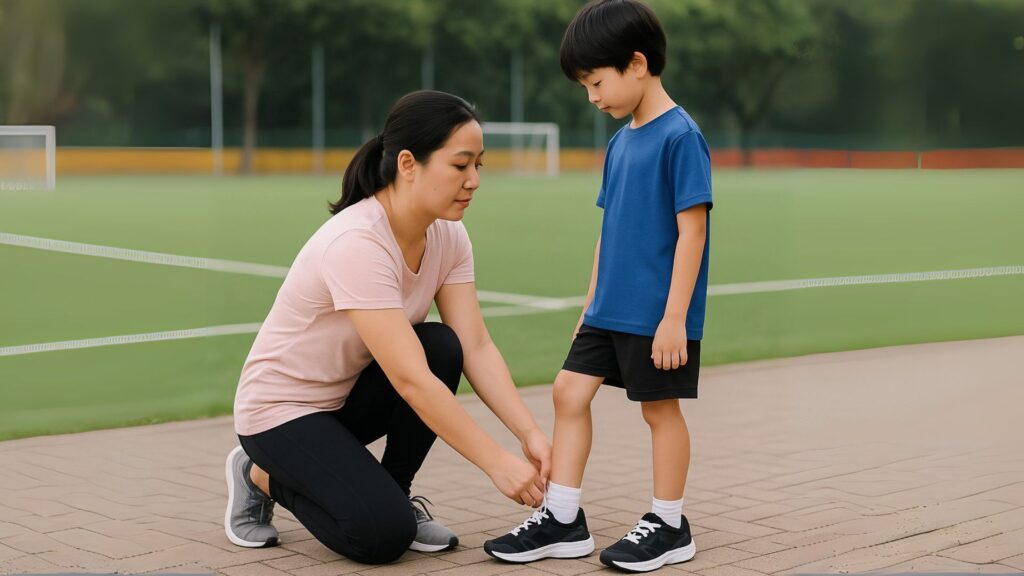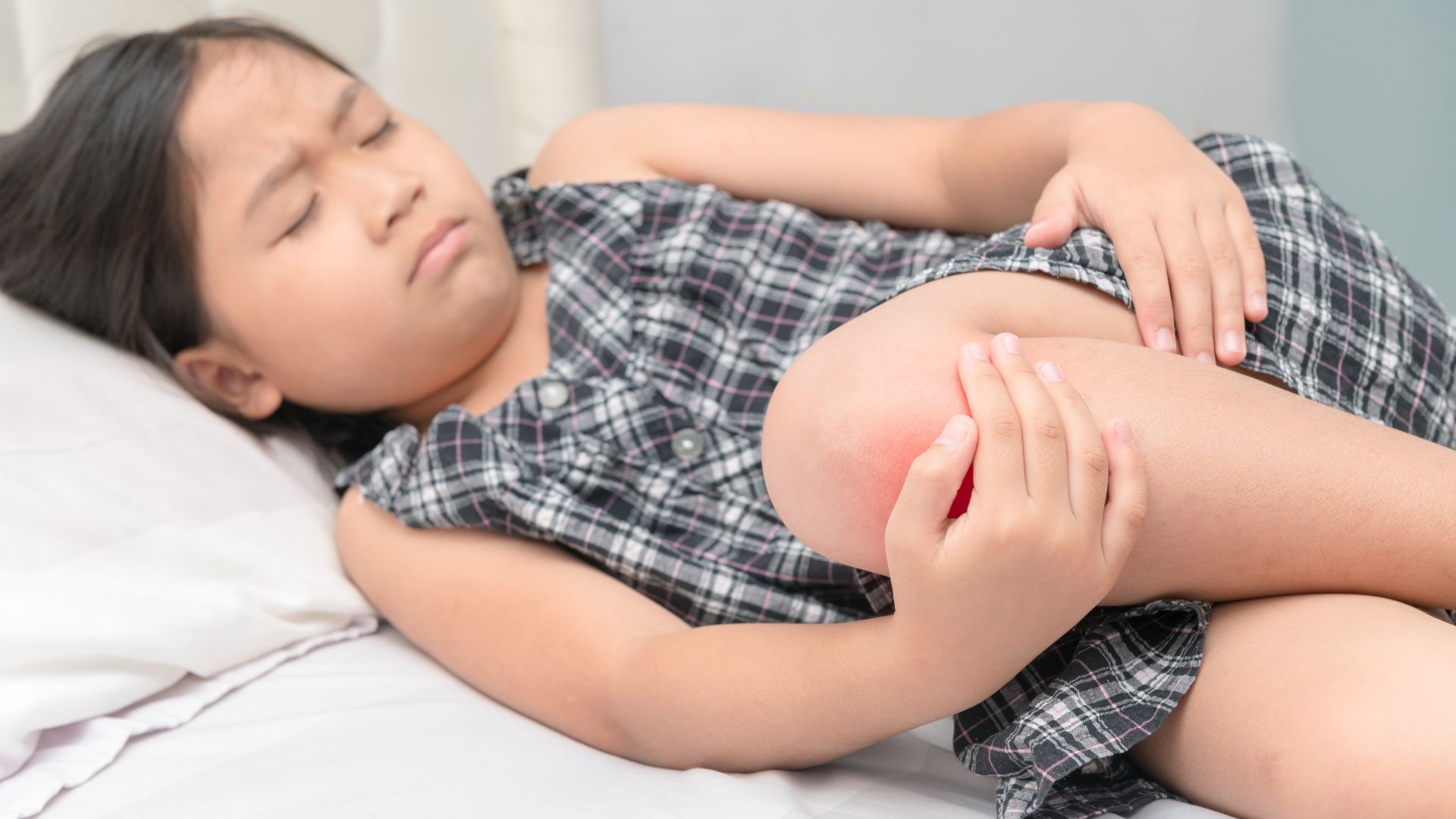Sever’s Disease in Children: What Parents in Singapore Need to Know About Heel Pain
It started with a limp.
Every time 10-year-old Lucas came home from football training, he’d wince slightly as he took off his boots. “It’s just a bit sore,” he’d say, brushing off his mum’s concern. But over the weeks, that “soreness” turned into limping off the pitch, skipping PE, and eventually avoiding his favourite weekend sport altogether.
Sounds familiar?
If your child has started complaining about heel pain, especially after activity, you’re not alone. Many parents chalk it up to “growing pains” until the pain starts affecting their child’s ability to run, play, or even walk comfortably.
In many cases, this discomfort could be due to Sever’s Disease—a common but often misunderstood cause of heel pain in growing children. Despite its scary name, it’s a treatable condition that just needs the right care and attention.
Let’s help you understand what’s going on beneath those little feet—and what you can do to support your child’s recovery.
What is Sever’s Disease?
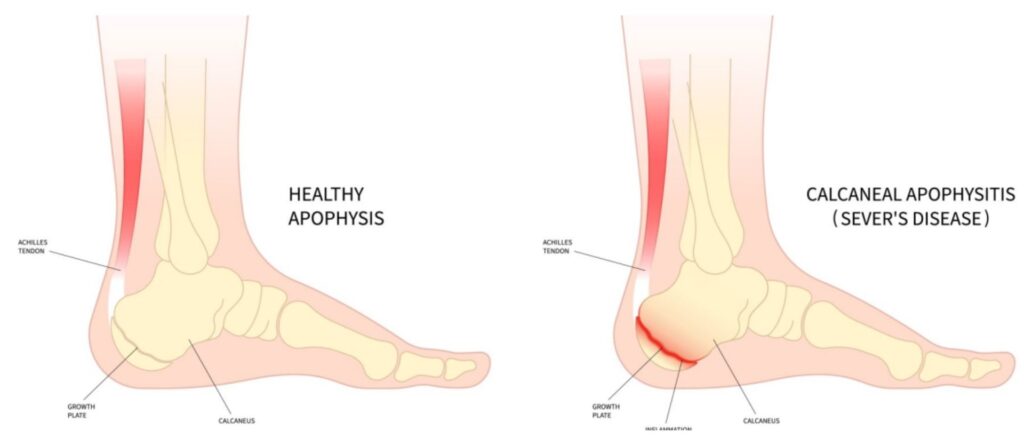
Sever’s Disease, or calcaneal apophysitis, is not a disease in the traditional sense. It’s a type of growth-related inflammation where the heel’s growth plate becomes irritated due to repetitive stress, especially from sports or impact activities.
It’s one of the most common causes of heel pain in active children during puberty and growth spurts.
What Age Do Kids Get Sever’s Disease?

Sever’s Disease typically affects:
- Boys aged 10 to 14
- Girls aged 8 to 12
This timing coincides with the growth spurts of early adolescence, where bones grow faster than muscles and tendons can keep up.
Is Sever’s Disease Rare?
Not at all. Sever’s Disease is very common in sporty or active kids and is one of the most frequently diagnosed conditions in paediatric sports clinics. It’s more common than you think—just under-recognised by parents.
How Do I Know If It’s Sever’s Disease?

Here are typical symptoms to look out for:
- Heel pain during or after physical activity
- Limping or walking on tiptoes to avoid heel pressure
- Tenderness when squeezing the sides of the heel
- Stiffness, especially in the morning
- Reduced interest in physical activity due to pain
How to Test for Sever’s Disease?
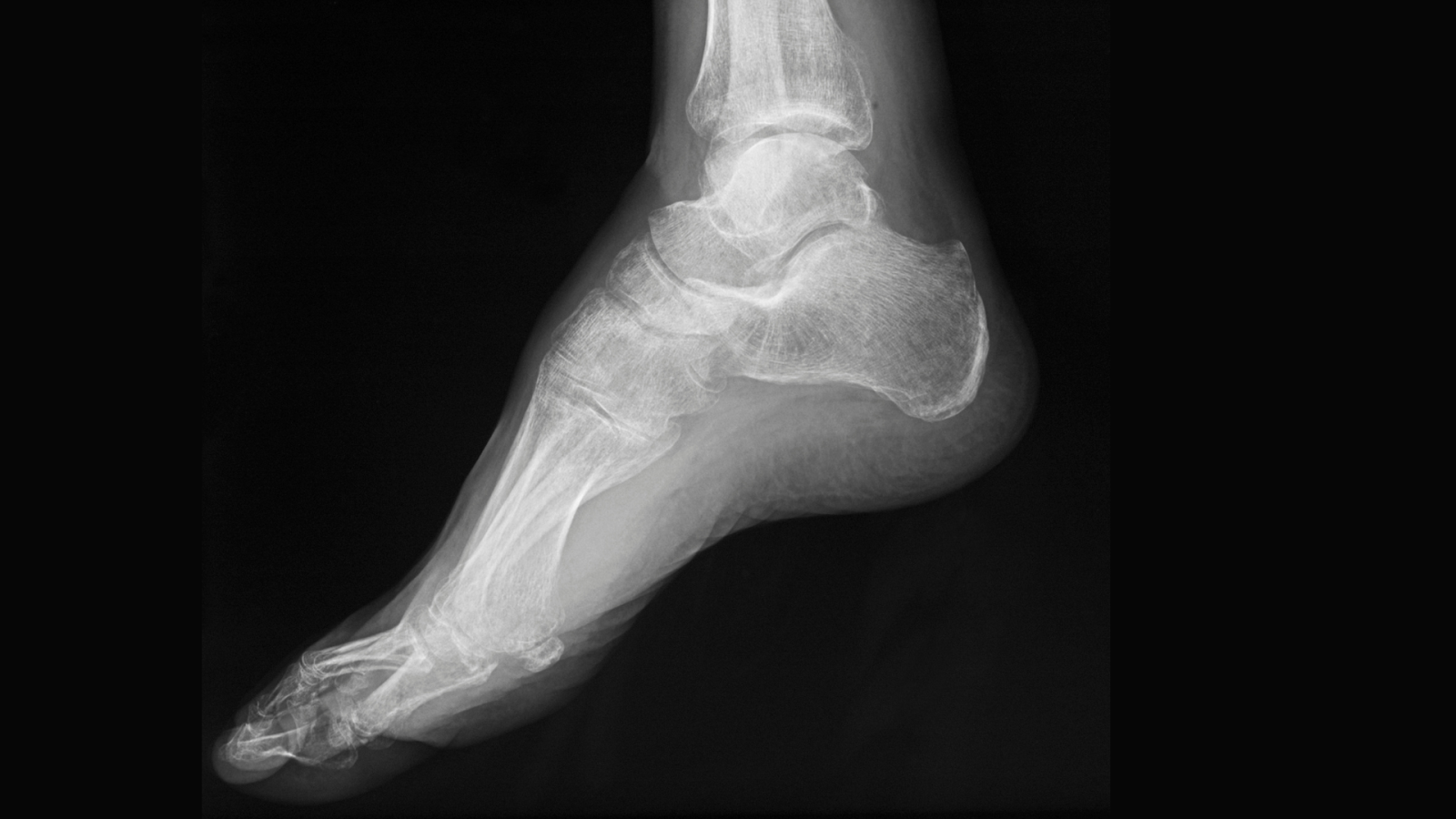
Your healthcare professional (typically a podiatrist or physiotherapist) will:
- Perform a squeeze test on the heel
- Assess your child’s gait and lower limb alignment
- Ask about sports participation and recent growth
- Rule out other causes like fractures or infections
Imaging (like X-ray) is rarely needed unless another diagnosis is suspected.
When Should Parents Seek Help?
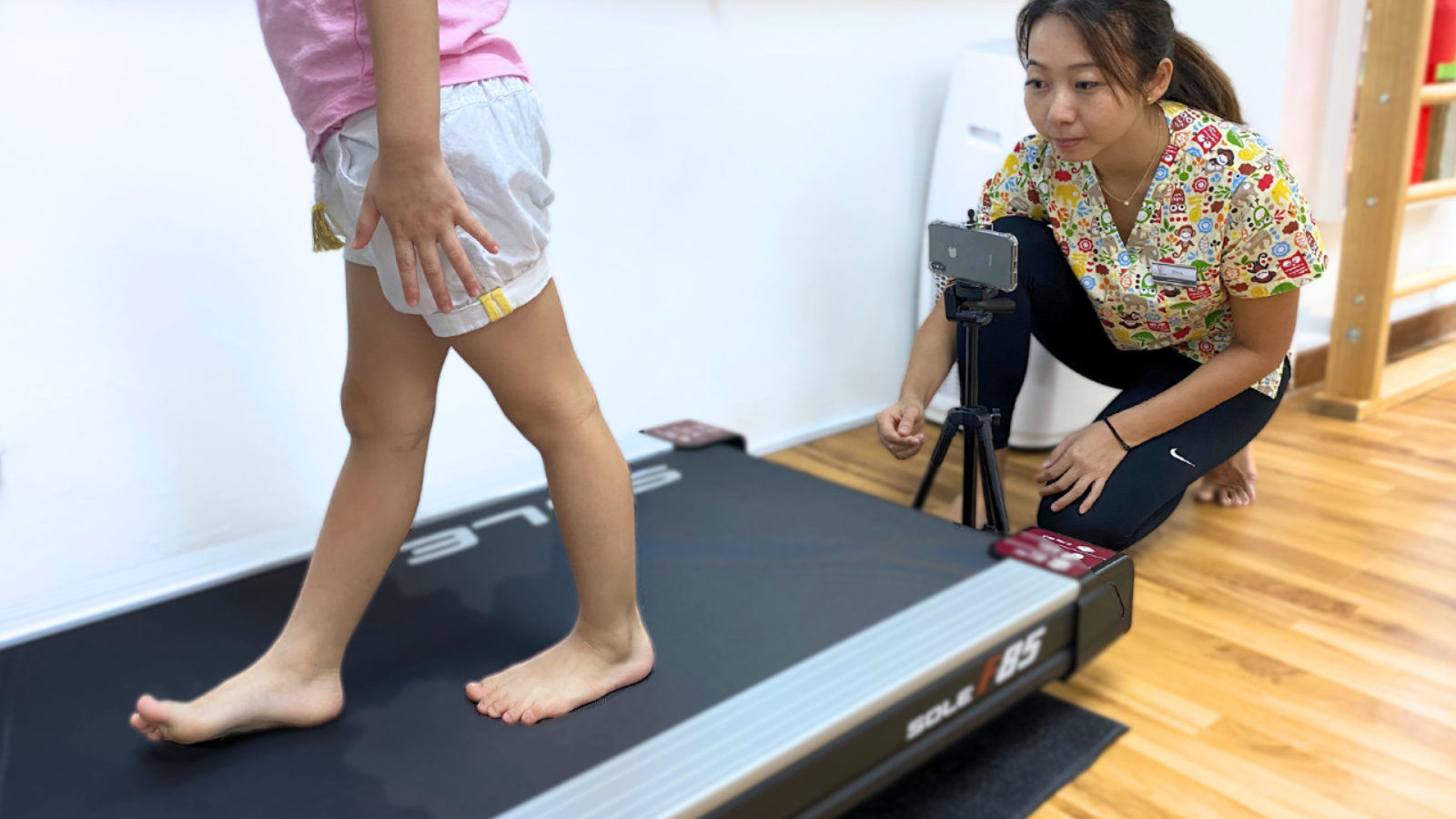
If your child:
- Complains of ongoing heel pain
- Avoids walking or sports
- Is limping consistently
…it’s best to seek early assessment. Early intervention can prevent prolonged discomfort and allow a faster return to play.
How Do You Treat Sever’s Disease?
Sever’s Disease usually resolves with conservative treatment. Here’s what a typical plan looks like:
• Rest and Activity Modification
Avoid high-impact sports temporarily, but stay active with low-impact alternatives like swimming.
• Stretching and Strengthening
A physiotherapist or podiatrist can guide gentle calf and hamstring stretches, and exercises to strengthen the lower limb.
• Ice Therapy
Apply an ice pack after activity for 10–15 minutes to reduce inflammation.
• Heel Cushions or Orthotics for Sever’s Disease
Custom shoe inserts or heel lifts help reduce stress on the heel by absorbing shock and improving foot posture.
• Supportive Footwear
Ensure your child wears properly cushioned and fitted shoes—especially during sports or long walks.
How Long Does Sever’s Disease Take to Heal?
Recovery time can vary:
- Mild cases: 2–4 weeks
- Moderate to severe cases: 6–8 weeks
With proper care, most children make a full recovery and return to sport pain-free.
How to Heal Sever’s Disease Quickly?

Speed up recovery by:
- Seeking early treatment
- Following the physiotherapist’s home exercise plan
- Wearing shock-absorbing shoes or insoles
- Avoiding barefoot walking on hard floors
- Taking breaks from high-impact activity
Can Sever’s Disease Come Back?
Yes—it can flare up again during future growth spurts. But with proper footwear, stretching, and awareness of early symptoms, you can prevent recurrence or manage it early.
How to Prevent Sever’s Disease?
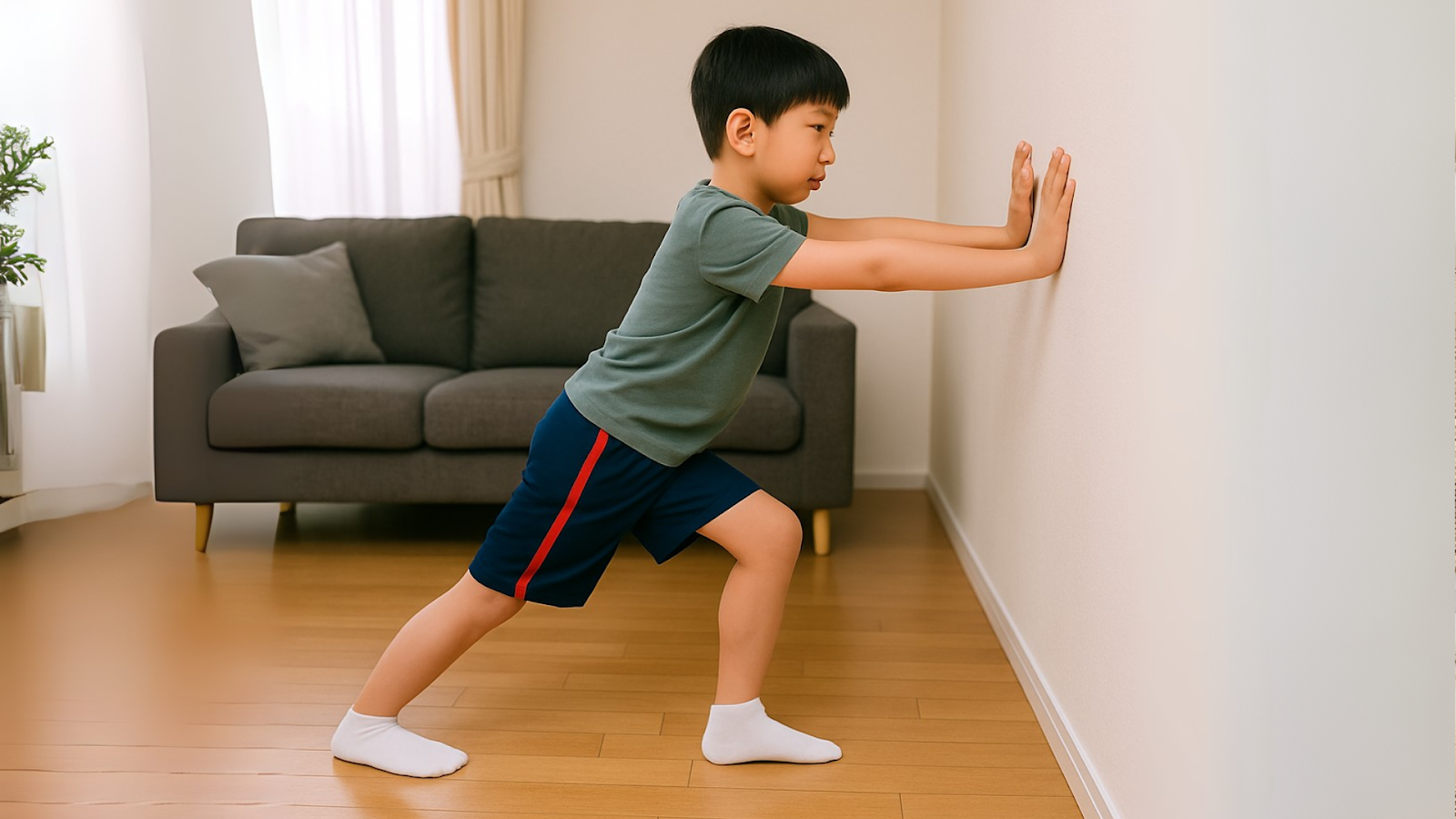
While you can’t stop growth, you can:
- Encourage regular stretching of tight muscles
- Invest in quality sports shoes with arch support
- Rotate high-impact activities with low-impact ones
- Monitor your child’s pain and fatigue levels
- Avoid prolonged barefoot time on hard floors (especially at home)
Final Thoughts for Parents
If you’ve been worried about your child’s heel pain, know that you’re not alone—and that it’s treatable. Sever’s Disease may sound intimidating, but with the right care, it’s just a temporary bump in their active childhood.
At Physio & Sole Clinic, our paediatric-trained physiotherapists and podiatrists are experienced in treating growing feet. We’re here to guide you and your child towards a safe and confident return to the activities they love.
Concerned About Your Child’s Heel Pain?
Let’s address it early—book a paediatric foot and physiotherapy assessment today at one of our convenient clinic locations across Singapore.


